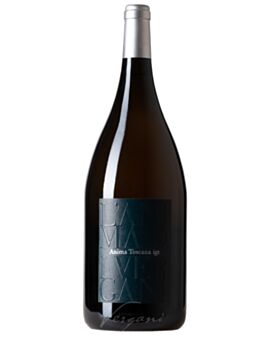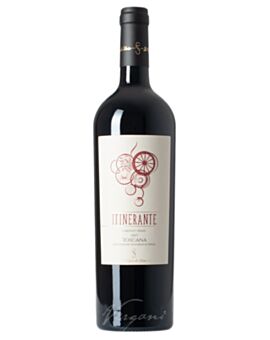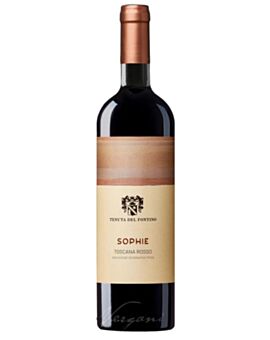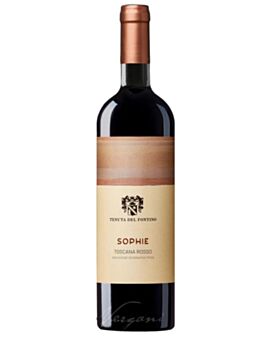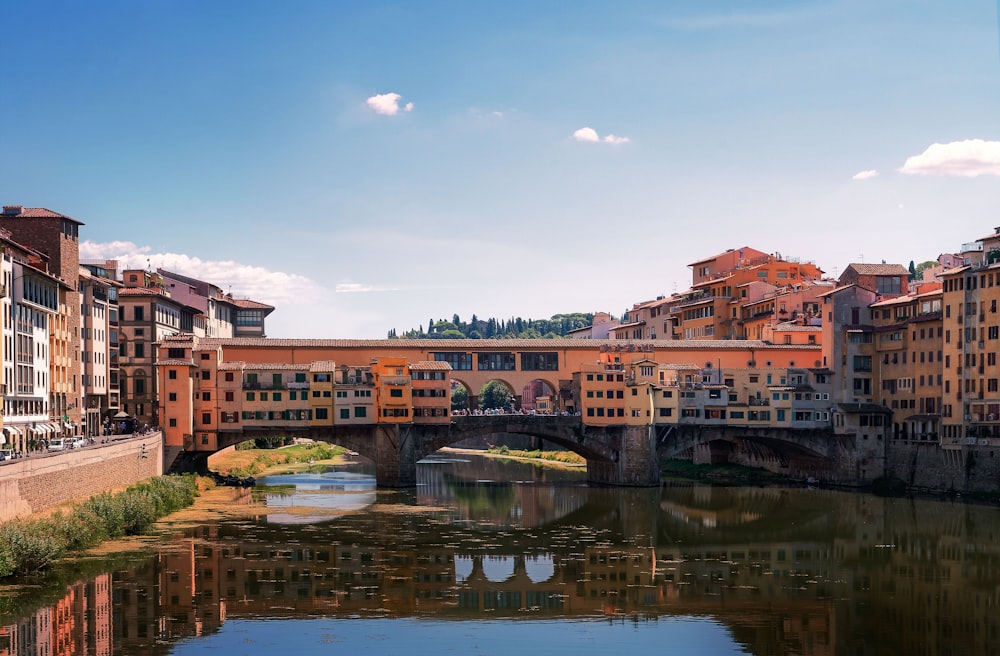Toscana igt






Toscana igt
Actually, the quality certifications for Italian wines are strictly hierarchical and regulated in Italian wine law. The higher the certification, the greater the requirements, such as grape varieties, type of aging or aging time. Sometimes, however, the opposite is true. For example, in the case of Tuscany IGT.
Not only in Tuscany, but also there, creative producers who want to go different ways with their wine than the prescribed ones can fall out of the DOC or the DOCG guidelines. Some producers wanted to escape the narrow corset of Chianti Classico and created wines with more international leanings. This means, for example, aging in barrique barrels or using international grape varieties, similar to Bordeaux. It is clear that they fell out of the conventional scheme and could no longer assign their wines to any other category than table wine. Extraordinary wines, but they could be "only" a Vino da Tavola (VdT), which in the conventional sense of the word does not exactly stand for the best wine quality. For a long time, the Supertoscans were traded as table wines. The renowned wine journalist Robert Parker did not find this very modern. He thought that the outstanding quality of these "special" and non-traditional wines needed their own category. Therefore, he simply called them "Supertuscans", which is still not an official name for them today.
The creation of the IGT category in 1992 was also a reason to be able to upgrade these wines in Tuscany, or at least to offer them a more precise home. The IGT predicate stands for Indicazione Geografica Tipica, meaning regional wines.
For high quality wines that cannot be pressed into the scheme x or y, the term "Supertoscans" has become part of the vernacular. They are often something like the signature of the house, and this is precisely what shows the main difficulty of the Chianti region in dealing with them. How can a Chianti Classico be marketed today, when the most expensive and best wines from many Chianti wineries are not protected quality wines, but wines with the designation Tuscany IGT?

